Jeju Aerospace Museum (제주항공우주박물관)
4.6 Km 4320 2018-08-07
218, Nokchabunjae-ro, Andeok-myeon, Seogwipo-si, Jeju-do
Jeju Aerospace Museum is the largest aerospace museum in Asia. The museum not only offers information and exhibitions related to aerospace as well as astronomy, but it also integrates education with entertainment to provide an enjoyable learning opportunity for both kids and adults. The view from the museum’s second floor is another sight not to be missed.
Geum Parasitic Cone (금오름)
5.6 Km 20298 2023-02-16
Geumakbuk-ro, Hallim-eup, Jeju-si, Jeju-do
+82-64-740-6000
Geum Parasitic Cone is one of the more famous parasitic cones in the western mountainous region. It is a satellite volcanic edifice that has a large circular crater (52 meters deep) and a crater lake at the summit, and the two peaks in the south and the north are connected by a low slope from east to west. The lake at the summit inside the crater once held an abundant volume of water but it is now empty, showing the bottom of the crater. The name Geum Parasitic Cone is speculated to have derived from an archaic word "Gom," which means "god." Therefore, it can be interpreted that this parasitic cone has been deified since the ancient times. Pines, cedars, briers, bo trees and Oriental photinia can be found near the circular crater and the lake area.
Jeju Shinhwa World Marriott Resort (메리어트관 제주신화월드 호텔 앤 리조트)
5.9 Km 1125 2024-04-02
38 Sinhwayeoksa-ro 304beon-gil, Andeok-myeon, Seogwipo-si, Jeju-do
+82-1670-8800
The Jeju Shinhwa World Marriott Resort, a premier Marriott establishment centrally located within Jeju Shinhwa World, offers 527 guest rooms across its East and West Buildings. With 30% of these being connecting rooms, the resort caters excellently to groups of friends traveling together. The premium rooms and those at higher rates on the 6th floor are especially distinguished by their hinoki wood baths, lending an extra touch of luxury. The resort’s "Mosil" area, inspired by the iconic Seongsan Ilchulbong Tuff Cone of Jeju, features a 25-meter lap pool, complemented by both indoor and outdoor swimming areas, a children's pool and a playground, and an outdoor pool area. Wellness facilities include a spa with seven treatment rooms, a fitness center of practical size, and a sauna, ensuring guests can maintain health and relaxation. Additionally, the resort boasts the Sky on 5 Grill, known for its splendid views, and a sophisticated fine dining restaurant that showcases world-renowned chefs.
Innisfree - Jeju Shinhwa World Branch [Tax Refund Shop] (이니스프리 제주신화월드점)
6.1 Km 0 2024-04-22
38, Sinhwayeoksa-ro 304beon-gil, Andeok-myeon, Seogwipo-si, Jeju-do
-
Wonder Island (원더아일랜드)
6.1 Km 0 2024-01-24
89 Sinhwayeoksa-ro 304beon-gil, Andeok-myeon, Seogwipo-si, Jeju-do
Wonder Island is the nation's first experience-based media exhibition space, and is located inside Summerset Clubhouse within Shinhwa World. The exhibition hall, geared towards children, is divided into 12 different themes that show Jeju's beautiful nature and animals.
Panpo Port (판포포구)
6.6 Km 0 2023-02-16
2877-3, Panpo-ri, Jeju-si, Jeju-do
+82-64-740-6000
Panpo Port, located on the west side of Jeju, is a popular snorkeling spot. Thanks to its sand bed and clear water, it offers a mystical underwater scenery. Visitors who do not have snorkeling equipment can rent one from the Panpo-ri Youth Association during the summer season. There are shower facilities as well so there is no need to bring anything else. In addition to snorkeling gears, visitors can also rent paddle boats, life vests and, even a low wooden bench on which visitors sit and relax for enjoying the view of the port. Unlike a typical beach, it is a port so swimmers can be free from sandy mess and the water is relatively shallow, which makes it a perfect place for children to play safely and pleasantly in the water.
St. Isidore Farm (성이시돌목장)
6.9 Km 2 2023-02-16
53, Sallongnam-ro, Jeju-si, Jeju-do
+82-64-740-6000
St. Isidore Farm was born when an Irish priest named McGlinchey (Korean name: Im Pi-je) was appointed in Jeju's Hallim region in 1954 and opened a livestock bank to help the impoverished locals. In 1961, it officially opened a central practice farm to not only educate on the livestock industry but also carry out hog farming, sheep breeding, beef cattle raising and dairy businesses. Today, the farm primarily raises cows and racehorses and produces high-quality organic milk and horses for racing to utilize the profits in various welfare projects. The farmland also presents an exotic scenery as the vast grasslands blend in with modern structures such as Ctesiphon, which symbolizes the history of the farm. The farm also has a cafe that uses milk produced at the farm in addition to a trail and park with religious themes.
Ssangyonggul Cave (Hallim Park) (쌍용굴 (한림공원))
7.0 Km 23189 2022-09-13
300, Hallim-ro, Jeju-si, Jeju-do
+82-64-796-0001
Ssangyonggul Cave, a designated Natural Monument, is one of the representative lava tubes of Jeju Island along with Hwanggeumgul, Socheongul, and Manjanggul caves. The cave measures approximately 400 meters in length, 6 meters in x_width, and 3 meters in x_height. It is thought to have been created by lava that erupted from Hallasan Mountain some 25 million years ago.
One of the unique features of this particular cave is that it has features of both a lava tube and a limestone cave. The entire area surrounding the cave is a huge stratum of seashells and sand, while the interior is a mystical mix of stalactites and stalagmites. Lime covers the cave walls in a series of natural swirls and streaks, bringing to mind the strokes of an abstract painting. Since the cave stays at a constant 17-18℃ throughout the year, it’s a welcome escape from the heat in the summer and a great place to warm up in the winter.
The cave gets its name from its two branches, which are said to look like the paths of two dragons (‘Ssangyong’ meaning ‘two dragons’ in Korean). It is thought that Ssangyonggul Cave and Hyeopjaegul Cave were once one cave since the second entrance of Ssangyonggul Cave is so close to the end of Hyeopjaegul Cave.
Hallim Park (한림공원)
7.1 Km 100735 2023-03-13
300, Hallim-ro, Jeju-si, Jeju-do
+82-64-796-0001
Hallim Park is one of the most popular tourist spots on Jeju Island, located approximately 33 kilometers west of Jeju-si and Hallasan Mountain along the beach in Hallim-eup. It faces the pleasant scenery of Biyangdo Island, Hyeopjae Beach, and Geumneung Beach. The park was established in early 1971 on barren land with the importation of tons of earth and the planting of assorted subtropical plants.
Hallim Park, reaching almost 100 thousand square meters, has a variety of gardens that can be enjoyed in any season. Visitors can enjoy Palm Tree Road, Jeju Stone and Bonsai Garden, Water Garden, Subtropical Botanic Garden, and much more. The most famous tourist sites in Hallim Park are Hyeopjaegul and Ssangyonggul Caves, known to be the only two-dimensional caves in the world. In addition, a folk village, children's amusement park, and outdoor resort facilities make it enjoyable for both children and adults.
Hyeopjaegul Lava Tube (Hallim Park) (협재굴(한림공원))
7.1 Km 18648 2021-06-09
300, Hallim-ro, Jeju-si, Jeju-do
+82-64-796-0001
Hyeopjaegul Lava Tube is one example of the lava tube systems of Jeju Island, along with Hwanggeumgul, Socheongul, Ssangyonggul and Manjanggul Lava Tubes. The cave is approximately 200 meters in length, 10 meters in x_width and 5 meters in x_height. It is thought to have been created by the lava that erupted from Hallasan Mountain some 25 million years ago. This cave uniquely contains features of both lava and limestone caves. The entire area surrounding the cave is a huge stratum of seashells and sand, while the interior of the cave has a mystical ambience due to its various formations such as stalactites and stalagmites, hanging from the ceiling and sprouting up from the bottom of the cave. The cave also features pillars formed when stalactites and stalagmites join together. The cave walls are covered in lime, which at times looks like beautiful cave paintings. The temperature inside the cave stays at 17~18℃ throughout the year, making the cave a welcome escape from the summer heat and a great place to keep warm during winter.
Hyeopjaegul Lava Tube has been designated Natural Monument No. 236 and ranks among the world’s major mysterious caves, such as the stone salt cave of Peru and the underwater limestone caves of Yugoslavia. As Hyeopjaegul Lava Tube is close to Ssangyonggul Lava Tube, the two can be visited on the same day.

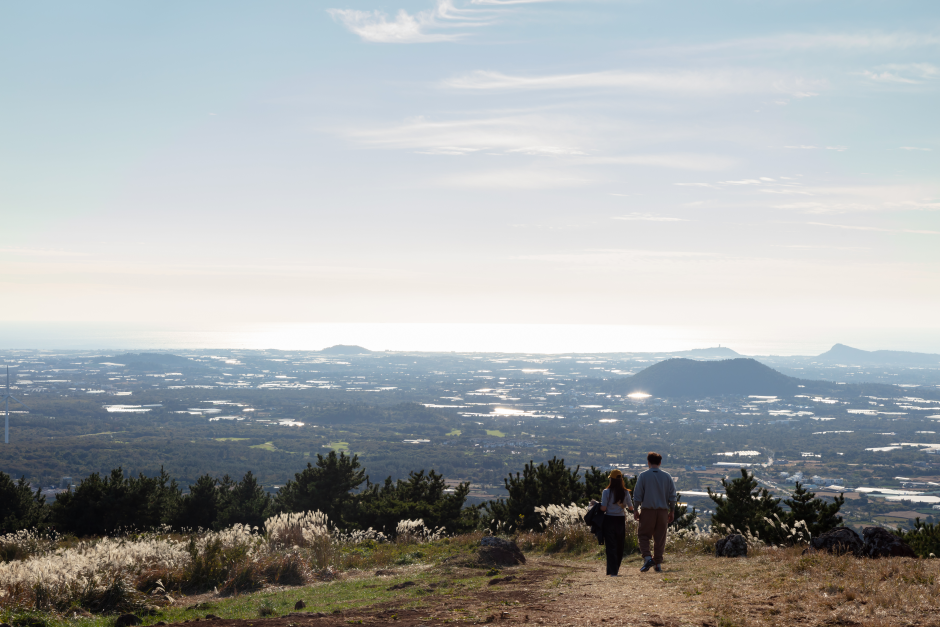
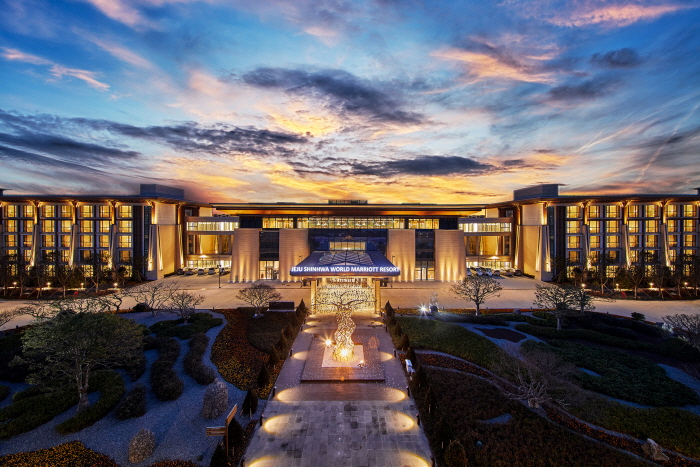
![Innisfree - Jeju Shinhwa World Branch [Tax Refund Shop] (이니스프리 제주신화월드점)](http://tong.visitkorea.or.kr/cms/resource/75/2887675_image2_1.jpg)
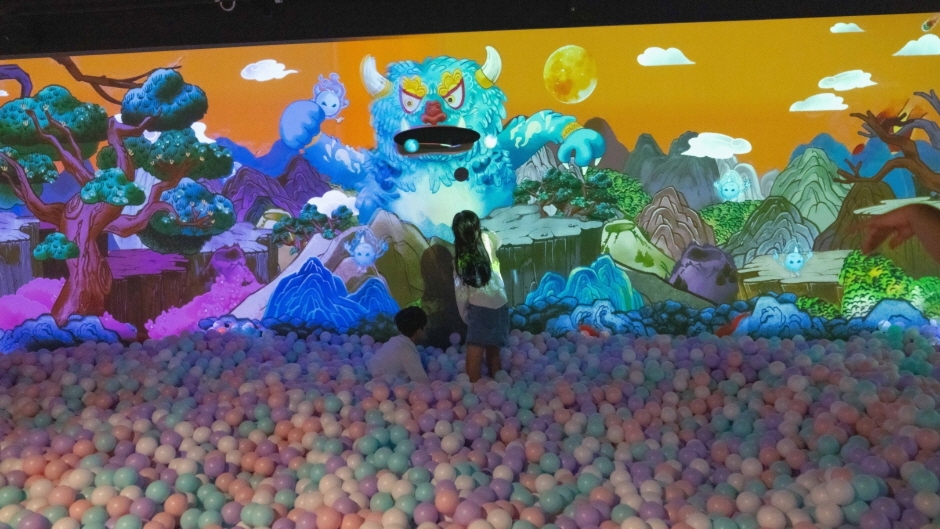
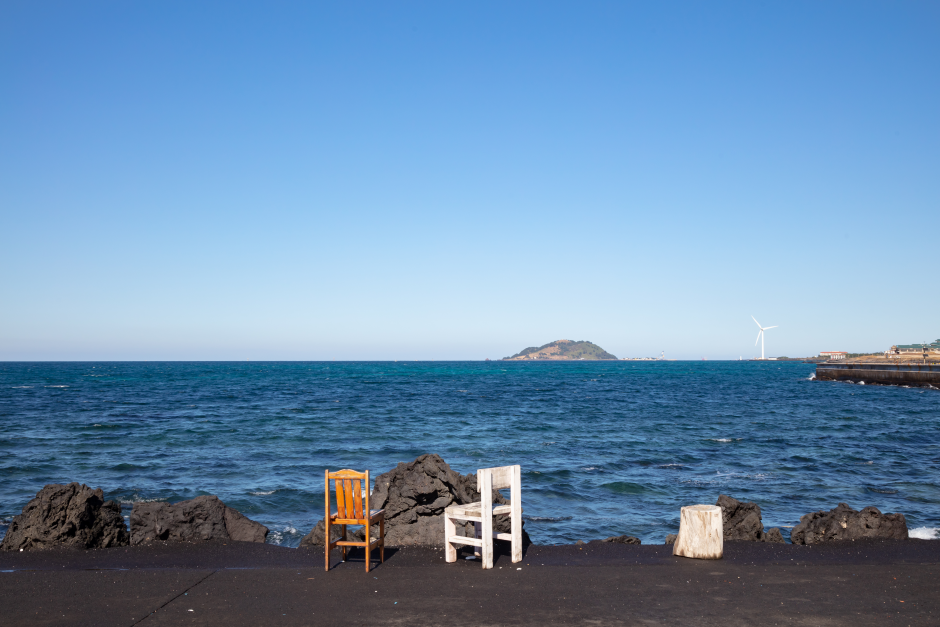
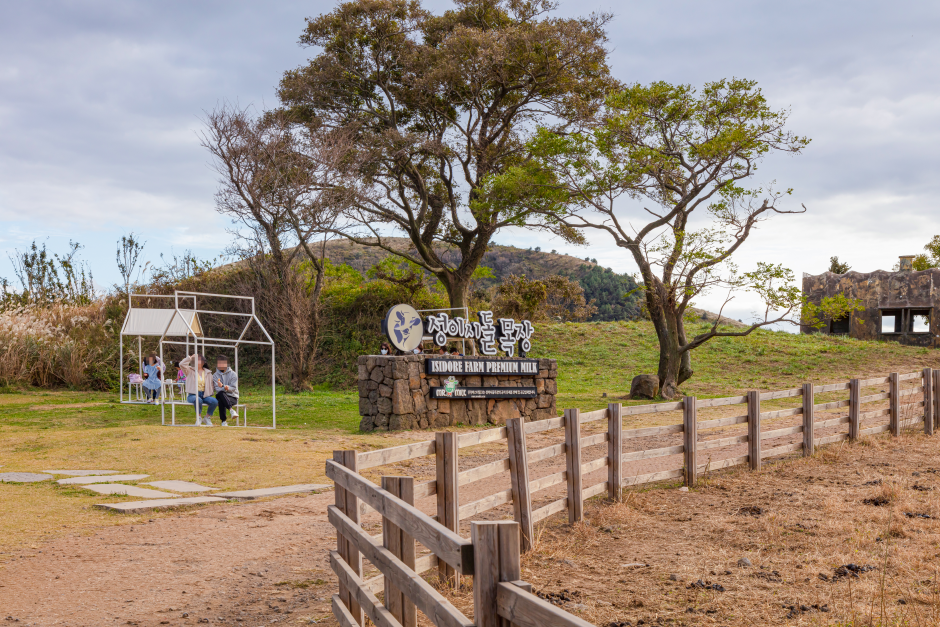
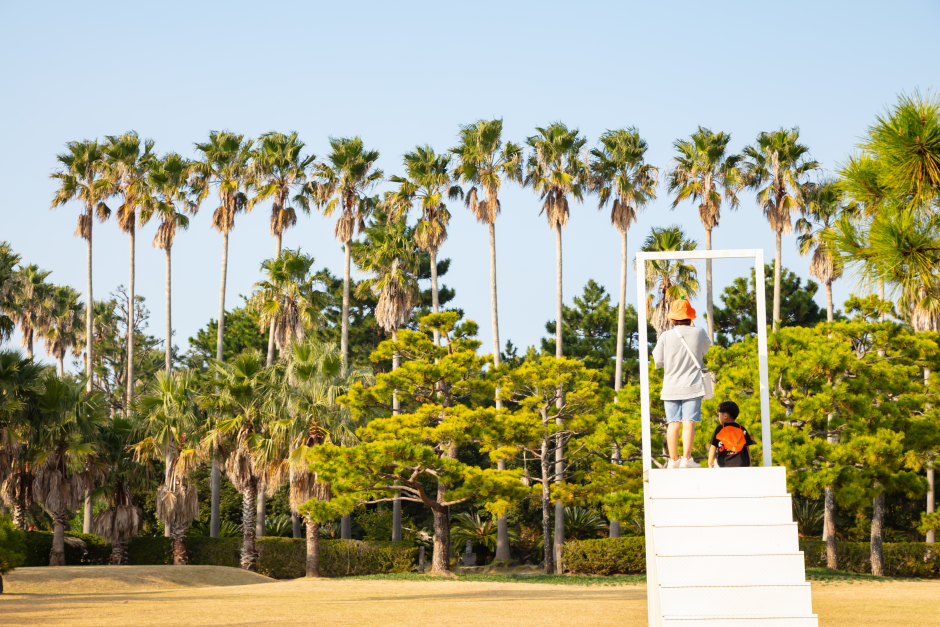
 English
English
 한국어
한국어 日本語
日本語 中文(简体)
中文(简体) Deutsch
Deutsch Français
Français Español
Español Русский
Русский